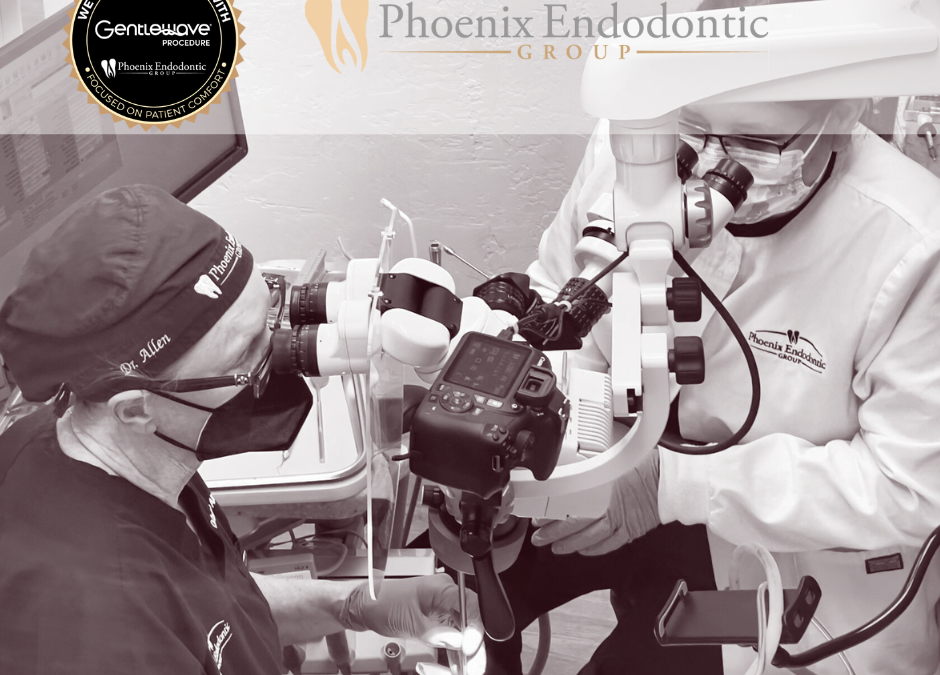
by Dr. Jacqueline S. Allen | Apr 25, 2023 | Blog, Root Canal
Few dental procedures are the subject of as much misinformation as root canals. The procedure has existed for hundreds of years. However, advances in medical knowledge and endodontic technology have continually refined how root canals are performed, as well as how effective they are.
If you have an infected or damaged tooth, and your dentist has recommended you get a root canal, you should carefully read the most up-to-date information available. Here are five timely fast facts related to root canals to help you understand what’s involved in the process and how it works.
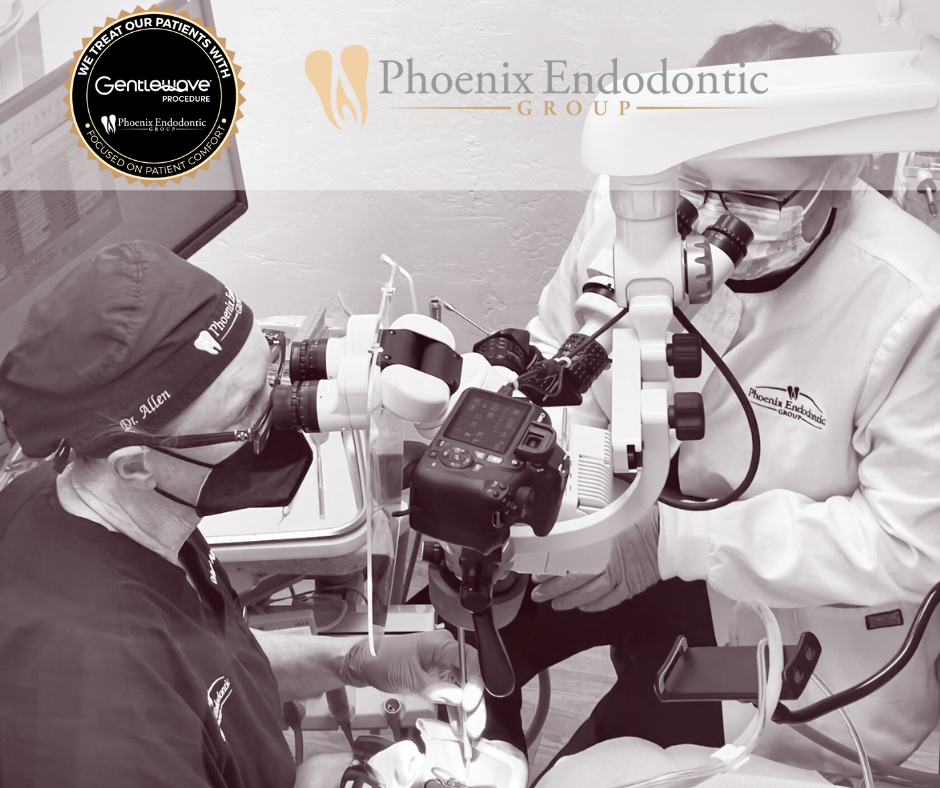
5 Important Things To Know About Root Canals
1. Root canals treat tooth pulp that has become infected. The procedure is named for the canals in your tooth, which are filled with dental pulp containing nerves, blood vessels, and connective tissue. Dental pulp keeps your teeth alive.
2. Successful root canals can preserve natural teeth for a lifetime. Root canal treatment saves your teeth from extraction. The endodontist cleans the tooth canals and removes the infected dental pulp. Biocompatible material such as gutta-percha replaces infected pulp and the tooth receives a crown to protect it from further damage.
3. Endodontists specialize in performing root canals. Endodontics is a specialty field within dentistry. Endodontists have two to three extra years of training in methods for preserving natural teeth. Additionally, endodontists typically perform an average of 25 root canals a week, while a general dentist performs far fewer.
4. Root canals relieve pain rather than causing it. Modern root canals bear little resemblance to the procedures of even your parents’ or grandparents’ day. Patients overall report a significant decrease in pain after their root canal.
5. Root canal treatments have become far less invasive. Gentlewave technology, for example, is an exciting recent development in endodontics using fluid dynamics and special irrigating fluid to clean tooth canals more efficiently. This minimally invasive approach to root canal treatments results in even less postoperative pain than a traditional root canal.
“Patients who come to our practice are often very surprised how effective modern root canals can be in stopping tooth pain – and greatly relieved,” says Dr. Jacqueline S. Allen, who practices with the Phoenix Endodontic Group. “We are happy to speak with anyone about needing a root canal before they come in, so they can feel relaxed and confident.”
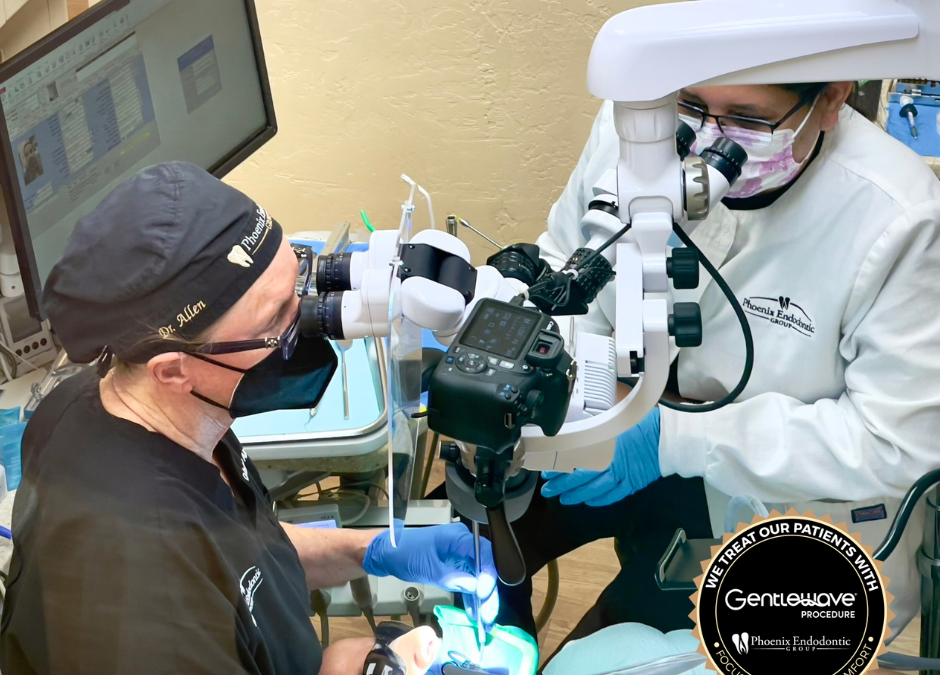
by Dr. Jacqueline S. Allen | Mar 21, 2023 | Blog, Endodontics, Endodontist, Phoenix Endodontic Group, Root Canal
Pain sends many patients to the dentist. This is certainly the case when it comes to patients who need root canals. However, not feeling pain does not mean you don’t need a root canal.
Root canals are an endodontic technique to preserve natural teeth that have irreversible pulpitis, an infection of the nerve pulp of a tooth not able to be treated successfully. This condition can result from severe decay or an injury to the tooth. Often there is pain, but not always.
Here are a few important reasons to look beyond pain to discover whether your tooth needs a root canal treatment.
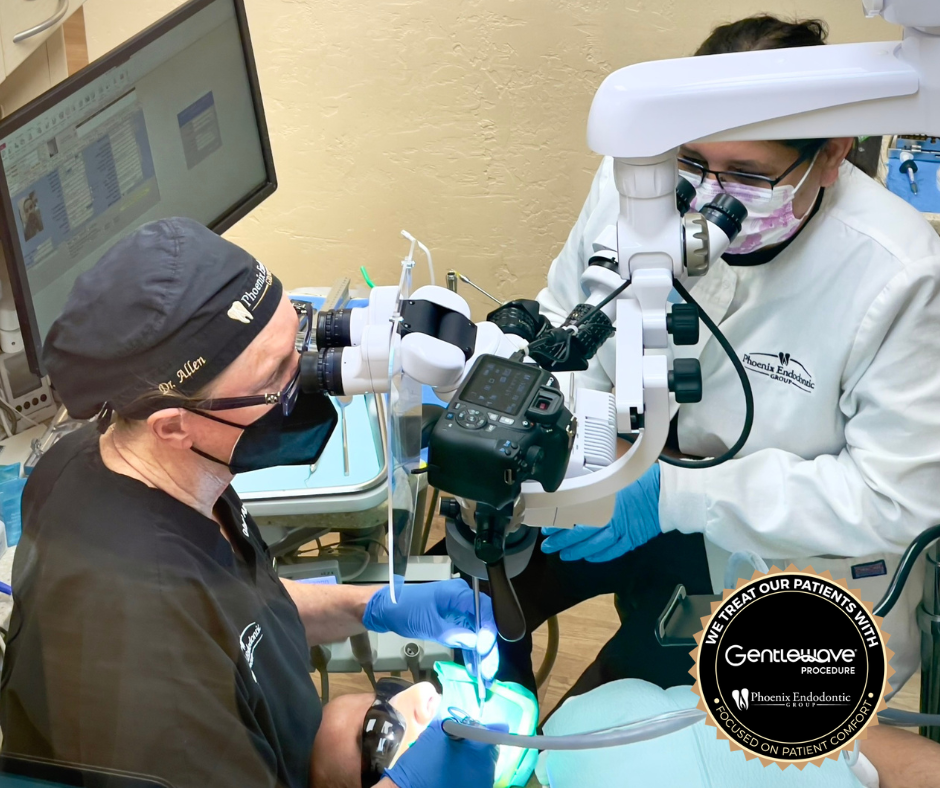
Looking Beyond Pain – Root Canal Treatment
-
Your endodontist is looking for infection as the cause of your troubles, not pain. Inflammation in the tooth’s nerve pulp is the cause the endodontist is looking for. Pain can accompany inflammation, but it is not a reliable guide to diagnosis.
-
Pain is only one symptom of needing a root canal. Other symptoms include teeth that are sensitive to heat or cold, swelling of the face or gums, or teeth that become gray or discolored.
-
Your infection may be draining, perhaps temporarily reducing pain, but also pouring foul toxins into your mouth. A pimple on the gum, called a fistula, or other types of pus drainage from the tooth are also symptoms of pulpitis. These conditions may temporarily reduce your pain, but the tooth will still need treatment: a root canal.
-
Pain associated with inflamed nerve pulp can be inconsistent. If your dentist puts you on an antibiotic to deal with an infected tooth, your pain may be relieved. Your pain may go away on its own, but this might be because the nerves in your tooth have died – not because the tooth is healthy again. Some patients who require root canals report “positional pain,” pain that emerges only when they sit up, lay down, or run in place.
“Determining whether a patient needs a root canal can be complex, and pain is only one factor considered in an evaluation,” says Dr. Jacqueline S. Allen, who practices with the Phoenix Endodontic Group. “Regular checkups with your general dentist and referrals to endodontic specialists as needed are the most reliable way to know if your natural teeth need a root canal to save them.”

by Dr. Jacqueline S. Allen | Jan 23, 2023 | Blog, GentalWave, Root Canal
When it comes to saving natural teeth, endodontists are always on the lookout for new technology and techniques to make procedures less painful, more efficient, and more likely to provide long-term successful treatment. The Phoenix Endodontic Group has recently added the new GentleWave G4 system for root canals.
GentleWave takes a substantially different approach to root canal treatment, using multisonic vibration and fluid dynamics to cleanse and reshape even the most unusual and complex tooth root systems. We are excited to be one of only two practices in Arizona to be employing this technology.
Here’s a quick overview of how GentleWave differs from a traditional root canal and why these differences add up to a better overall experience.
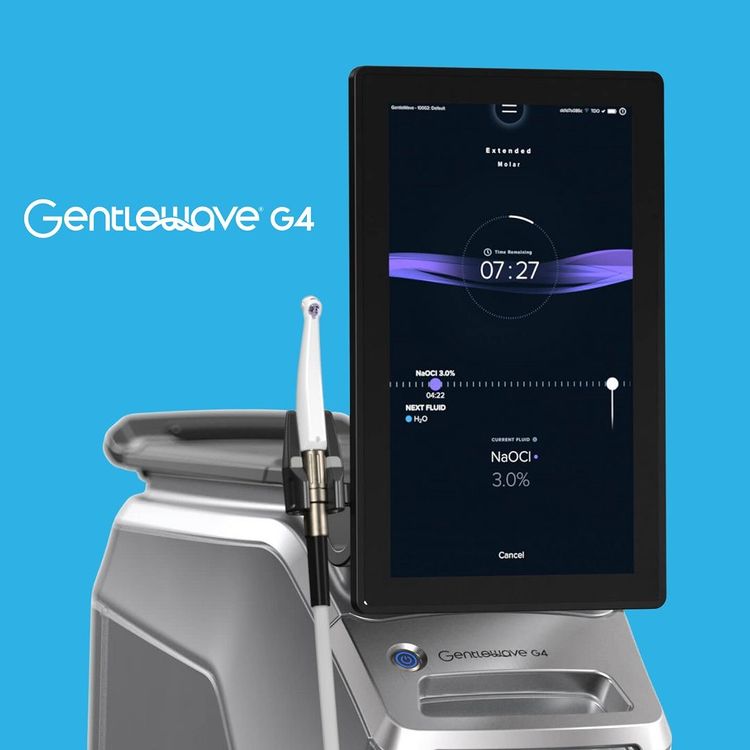
Advantages Of The GentleWave System During Root Canal Treatment
- GentleWave is minimally invasive. The most impactful difference is the GentleWave system requires endodontists take far less time using files to clean and reshape canals.
- GentleWave uses fluid dynamics to clean away infection. The irrigating fluid used in the GentleWave system passes through a narrow opening on the instrument used by the endodontist, creating a cascade of tiny imploding vapor bubbles. These mini-explosions create shockwaves that separate bacteria, biofilm, and debris from the tooth.
- GentleWave’s reliance on fluid movement allows it to clean even challenging root canals. The system leverages the power of the irrigating fluid’s journey through the tooth to remove more than 98 percent of bio-film and organic tissue, even in canals the endodontist has not previously been able to detect!
- GentleWave procedures result in less post-procedure discomfort. More than 96 percent of patients treated with GentleWave report little or no pain 48 hours after the procedure.
- The GentleWave system can reduce treatment time for patients. Many patients treated with GentleWave can be done with their root canal treatment in a single session.
“GentleWave, in my experience and that of other endodontists, is proving to be a game-changer in terms of saving natural teeth,” says Dr. Jacqueline S. Allen of the Phoenix Endodontic Group. “Our staff is happy to explain how GentleWave works and discuss whether it is an option for your specific treatment.”

by Dr. Jacqueline S. Allen | Dec 20, 2022 | Blog, Endodontics, Endodontist, Root Canal
More than 41,000 root canal treatments are performed each day in the United States – more than 15 million each year. Threats to your natural teeth leading to a root canal are not complicated, but each person’s experience of their symptoms can be unique.
Let’s look at some of the causes and symptoms of tooth infections that can result in a root canal. If you experience any of these symptoms, contact your dentist or endodontist immediately to schedule an examination.
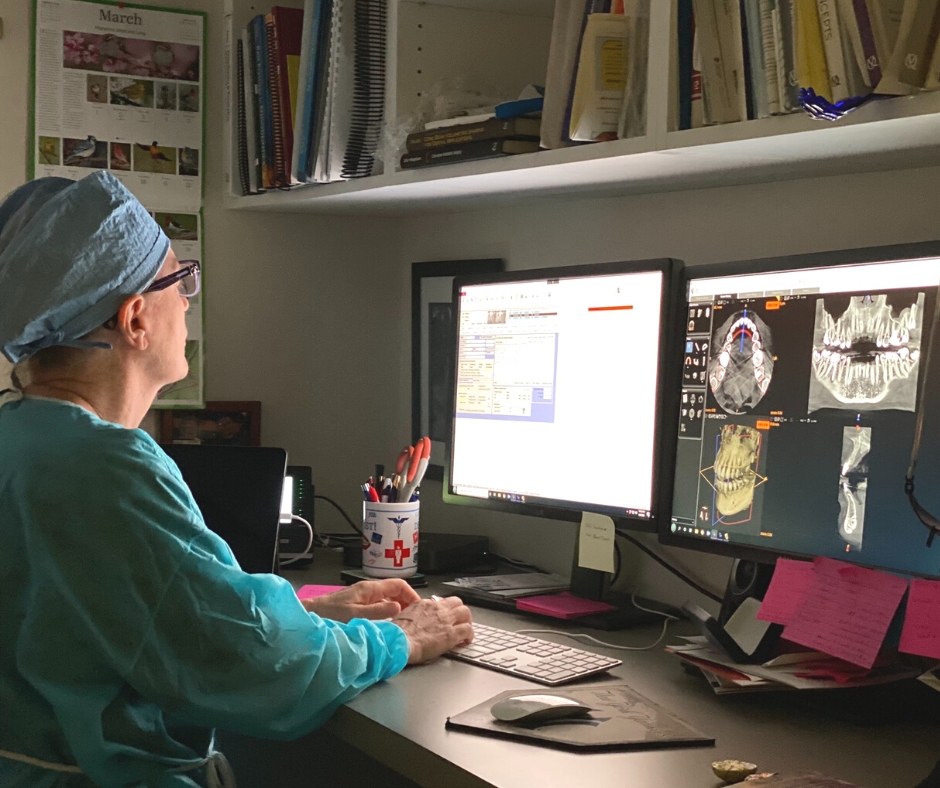
The Two D’s Of Tooth Root Infection
Root canal treatment has proven to be one of the most effective ways to deal with infection in the pulp of the tooth. The infection is usually related to two major culprits: damage to the tooth structure that lets in bacteria, or advanced decay reaching the interior areas of the tooth. Such an infection might show in a variety of symptoms.
Symptoms Indicating A Root Canal Is Needed
1. Persistent pain in a tooth. A healthy tooth does not hurt. While tooth pain can require other treatments beyond or in addition to a root canal, constant or recurring tooth pain should definitely prompt a visit to your dental provider.
2. A pimple or “gum boil” near the infected tooth. Dying tissues in the tooth can cause a buildup of fluid under the gum surface. If the boil bursts, the fluid will have an unpleasant taste and odor.
3. Swollen gums near the infected tooth. Your gums may feel tender or look swollen, even if there is no gum boil present. This swelling can be intermittent, so you may not be in the clear even if the swelling goes away for a while.
4. Sensitivity to sources of heat and cold. An infected tooth can feel pain or sensitivity to hot or cold food and drink, even long after you’ve consumed it. The sensation can be anything from a sharp pain to a dull ache.
5. Your tooth feels loose when you touch it. The tooth infection can seep acidic wastes that soften the bone around the tooth needing a root canal, making it feel loose inside your mouth.
6. The tooth is discolored. The roots of a badly infected tooth may be receiving a poor supply of blood, which can make it look darker than usual.
Clearly, it’s difficult to know if you need a root canal without a thorough dental examination. If you have one or more of these symptoms, make an appointment now to get an official diagnosis.
“Symptoms of dental issues requiring a root canal can be highly individualized,” says Dr. Jacqueline Allen, Phoenix Endodontic Group. “Our endodontists will evaluate your symptoms and plan your treatment so you can save your tooth and stop hurting.”
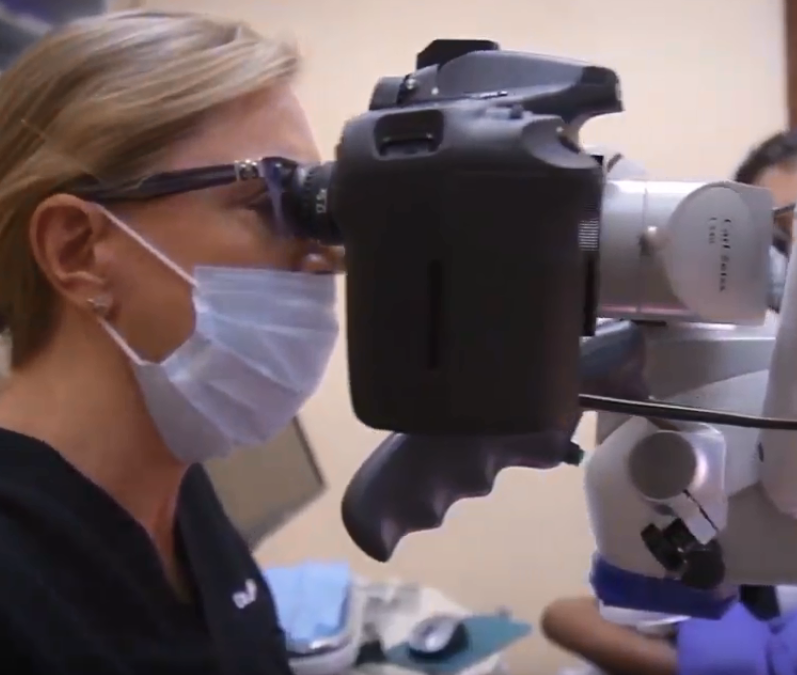
by Dr. Jacqueline S. Allen | Nov 21, 2022 | Blog, Endodontics, Endodontist, Phoenix Endodontic Group, Root Canal
It can be a shock to learn you require root canal therapy to address an injured or infected tooth. If you’ve never been to an endodontist, or don’t have any friends or family who’ve had a root canal, you may naturally have a lot of questions about what to expect.
Understanding the details of root canal therapy can help you come to your first appointment better prepared. Here is a brief overview of the main stages of a root canal.
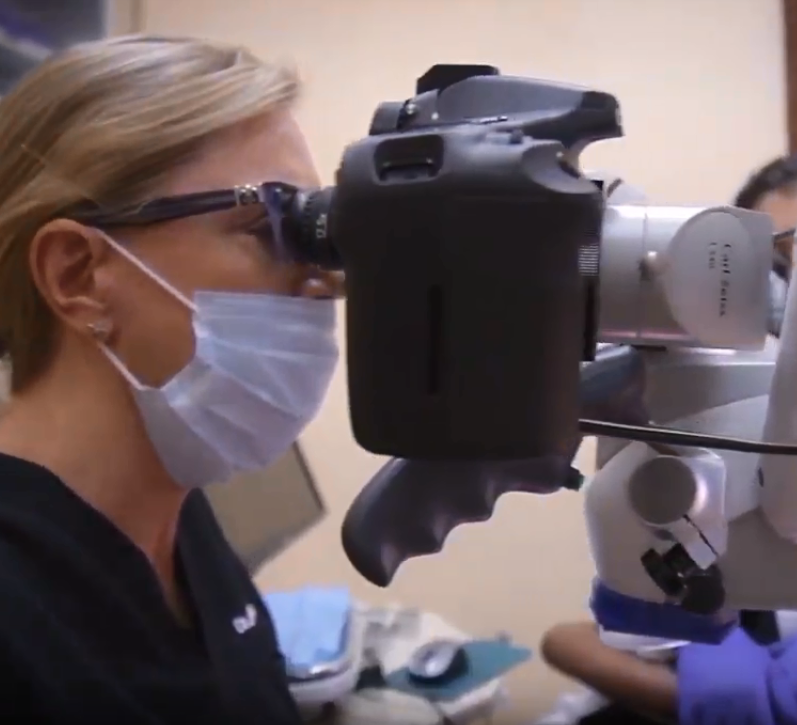 The Key Stages Of Root Canal Therapy
The Key Stages Of Root Canal Therapy
-
Confirmation of diagnosis. Your endodontist will confirm your diagnosis when you arrive for your first root canal therapy appointment by reviewing your X-rays and performing a visual inspection of your tooth.
-
Local anesthesia and dental dam placement. The endodontist will numb the area around your tooth with a local anesthetic. They will also place a rubber sheet known as a dental dam around the tooth to keep it clean and dry while they work.
-
Creating an access hole. After the tooth has been prepared and your gums numbed, an access hole will be drilled in the crown of the tooth to allow the dental pulp to be removed.
-
Pulp removal, filing, and cleaning. Once the access hole is created, the endodontist removes the infected tooth pulp, using special instruments to reshape the tooth’s canals and ensure all infected material is gone. Then the inner tooth is treated with antimicrobial washes to remove debris and aid healing.
-
Filling the root canals. This is the step that gives root canal therapy its name. A biocompatible material, usually gutta-percha, is used to fill the canals and prevent future infections.
-
Placement of temporary filling. The first part of the root canal procedure concludes with a temporary filling on your tooth to ensure the tooth heals and bacteria is not re-introduced while your permanent restoration is being fabricated.
-
Placement of permanent filling and crown. Your root canal therapy is not considered complete until a permanent filling is placed on your tooth, AND the tooth is capped with a crown. A crown provides extra protection against infection and shores up the structural integrity of your natural tooth.
“Patients are surprised sometimes to find out that root canal therapy follows a simple, straightforward process,” says Dr. Jacqueline S. Allen, who practices at Phoenix Endodontic Group. “But our profession’s approach to this procedure has been developed and refined for more than 150 years. We’re happy to explain each step in detail, and to address any concerns or questions you may have, every step of the way. We want each of our patients to be comfortable and confident.”
by Dr. Jacqueline S. Allen | Oct 21, 2022 | Blog, Endodontics, Endodontist, Root Canal, Vital Pulp Therapy (VPT)
While endodontists excel at performing root canal therapy on teeth compromised by injury or infection, they also have other effective techniques for saving natural teeth. One procedure that can provide excellent results is vital pulp therapy, or VPT. Once considered something that could only be performed on younger patients with still-developing adult teeth, today VPT has been proven even more broadly effective when patients meet a select set of circumstances related to the state of their pulp — the mass of blood vessels, nerves and connective tissues that represent the living center of a tooth.
How Vital Pulp Therapy Works To Preserve Natural Teeth
There are three main versions of VPT. Endodontists determine which one has the greatest chance of success by a careful examination of a patient’s tooth and of the decay or infection present in the pulp.
-
Direct capping of the pulp is most often used in immature adult teeth or in teeth that do not show evidence of irreversible pulp inflammation. This approach calls for the removal of all the infected pulp, followed by irrigation of the affected area with a solution of 17 percent ethylenediaminetetraacetic acid (EDTA). Once the area from which the pulp was removed has been capped with a bioceramic material, the healing can begin.
-
Indirect capping is a technique that is similar to direct capping, but in this case, some or all of the infected pulp is left in place to avoid direct exposure of the pulp during examination or the capping process itself. A cap is placed over the infected pulp to stop the infection from spreading and to promote reparative dentin development in the tooth.
-
Pulpotomies are yet another type of vital pulp therapy. They are performed by removal of infected pulp down to healthy coronal tissue, or even into the canals of the tooth if necessary. Medicines may be applied to address the inflammation and the infection. As with the previous two treatments, the area is capped with a biocompatible ceramic restoration. A light-cured glass ionomer may be added above the cap to ensure the solution for saving the tooth is permanent and leak proof.
“Vital pulp therapy offers another opportunity for endodontists to preserve natural teeth — in some cases, the pulp itself can be preserved,” says Dr. Allen, who practices with the Phoenix Endodontic Group. “Our specialty is constantly evaluating therapeutic techniques like VPT for their efficacy in saving teeth over the long term.”










 The Key Stages Of Root Canal Therapy
The Key Stages Of Root Canal Therapy